Best Practices Articles

Grow your Agency Business for the Partner Relationship Management Market
The partner relationship management (PRM) automation market has been rapidly growing. Forrester forecasts this market will reach nearly $500 million in 2021, and it is expected to continue growing rapidly in the years to come. The entire channel automation market is currently valued at around $2.8 billion, and partner relationship management software in particular has the opportunity to become the default operating system for automating the entire channel automation stack. Therein lies a huge opportunity for digital agencies.
In the early 2000s, a whole bunch of companies launched software-as-a-service and named themselves application service providers (ASPs). Over the next decade, a more common term evolved: software-as-a-service (SaaS) providers. The first generation of these providers focused on customer relationship management (CRM). While there were other tools, such as enterprise resource planning (ERP) and human resource planning (HRP), CRM dominated enterprise purchase because everyone saw value in automating and streamlining sales processes.
By the early 2010s, there were many companies innovating in the automation of marketing and other business processes like financial planning and logistics. Almost all of their offerings were SaaS solutions. This had two major impacts. First, it meant companies now classified a software purchase as an expense rather than an asset purchase. Second, it marked the evolution of a whole set of organizations that provided additional services around SaaS. The first impact freed up dollars that could be reinvested; the second impact was a reflection of that reinvestment as companies began engaging with consulting organizations with expertise implementing SaaS solutions requiring specific domain knowledge.
Now, in the 2020s, almost every business application is delivered as a SaaS solution, and there is a thriving network of solution providers, consultants, design houses, agencies and other businesses that are providing value-added professional services around these SaaS solutions to automate various business processes. Most of these applications are sold through reseller networks, because they require consulting services to design, develop, deploy, manage and upgrade. This is where the next opportunity lies—what analysts are calling the “third wave of business process automation,” which refers to the automation of partner relationship management processes. This is the segment that Forrester has identified as the next growth opportunity for various types of agencies and consulting organizations.
Partner relationship management (PRM) solutions typically start with a basic partner portal, but then can be augmented to provide functionality in a variety of other areas, including recruitment, engagement, onboarding, learning and other services. A comprehensive partner relationship management platform like ZINFI’s can provide a significant boost to vendors selling through the channel as they set out to automate their processes end to end. However, in many companies the expertise required to pull this off does not exist today. This is where agencies and consulting organizations can step in and build a true value-added service.
Here are a few core areas in which an agency can dramatically increase the effectiveness of an organization’s partner portal by offering value-added services driven by the organization’s unique partner relationship management strategy:
- Portal Design – Designing a partner portal is conceptually easy. Tools like ZINFI’s partner relationship management solution come with a content management module that allows a business user with few if any HTML design skills to set up web pages, upload assets (documents, videos, etc.) and create exciting engagement tools for partners. However, it is not just the aesthetics of design that matter; what also matters is what the web pages in the partner portal communicate and what they ask the partner users to do. The best way to look at a partner portal is to see it as a digital salesperson. Every page should have a purpose and the right message. Even if they can design for aesthetics and basic functionality, many organizations lack these communication-focused content skills.
- Portal Development – Once the overall architecture of a portal has been conceived and each page or section has been conceptually designed, one of the most important areas of focus is turning on business applications for partner recruitment, engagement, onboarding, training, marketing, incentives and more. All of these require not only business process skills but also domain-specific knowledge in specific business processes for an organization in a specific vertical. The right process for onboarding a new partner into a program not only varies from one company to another, but also from one business unit to another. Again, getting this right requires expertise in portal development.
- Portal Deployment –The term “deployment” doesn’t just refer to rolling out a partner relationship management application from a staging development site to a live production site. It also entails rolling out PRM to the partner base, making sure partners are using it, and providing the necessary content that will help partners navigate through various aspects of the partner portal—which is basically a digital representation of the PRM framework an organization has to offer to its partner base. This deployment to drive adoption also requires specific expertise, and agencies are well-positioned to help.
- Portal Management – The channel is a living organism. Programs are changing, products are changing and processes are continuously evolving. So it’s essential for organizations using a portal to market and sell through a partner network to have expertise not only in web design and content development, but also in software configuration for the efficient automation of business processes. ZINFI’s Unified Partner Management (UPM) solution comes with a whole set of configuration tools, but their value would be lost on a customer who doesn’t know what to configure and automate with specific business objectives in mind.
- Portal Upgrade – Organizations that are successful constantly launch new products and programs to keep their channel activities exciting for their partner base. This requires the frequent addition of new programs that are relevant to the partner base and continual upgrading of the portal with new functionality. While a SaaS application is always updated dynamically by a provider like ZINFI, a business may not purchase all applications at once, choosing instead to purchase and turn them modules as their channel automation needs evolve. Managing this process effectively requires constant engagement and, frequently, consulting expertise.
I could provide much more detail in describing each of these areas, but this high-level summary should be sufficient to indicate the very real opportunities that exist for agencies that can provide consulting and other services to the partner relationship management segment—a highly new segment that currently has very few regional and global providers. Agencies that are already providing digital marketing and sales services to their client base around CRM or marketing automation tools should be able to seize this opportunity and run with it. Remember, partner relationship management is currently the fastest growing market within channel automation, and a key component of the last wave of business process automation. If this is meaningful to you, and you want to learn more, you should certainly talk to us. We can help you to build your business for a great future in channel consulting and management.
For more information, please check this article.
Best Practices Guidebook
 The Channel Sales Playbook: Skills, Strategy, and Growth
The Channel Sales Playbook: Skills, Strategy, and GrowthDownload for FREE
 Blueprints for Vertical Success Best Practices
Blueprints for Vertical Success Best PracticesDownload for FREE
 The Future of Partner Enablement: From Enablement Gaps to Global Advantage
The Future of Partner Enablement: From Enablement Gaps to Global AdvantageDownload for FREE
 Reimagine Sales Development. Build a Smarter Prospecting Engine
Reimagine Sales Development. Build a Smarter Prospecting EngineDownload for FREE
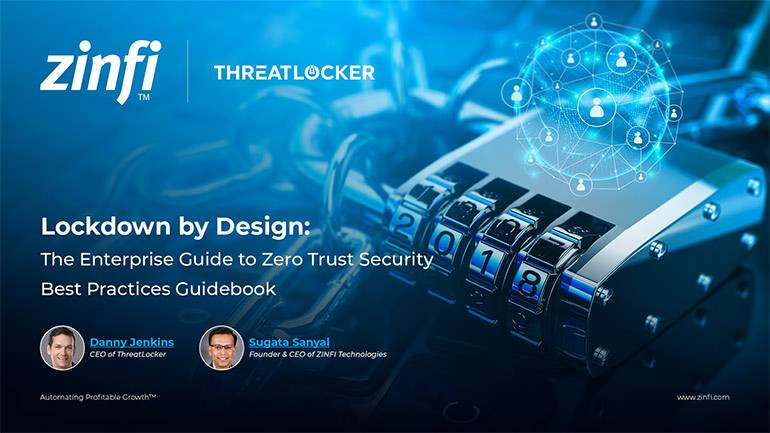 The Zero Trust Imperative: Fortifying Enterprise Security Against AI-Driven Threats
The Zero Trust Imperative: Fortifying Enterprise Security Against AI-Driven ThreatsDownload for FREE
 PartnerOps Excellence: The Definitive Guide to Scalable SaaS Ecosystems
PartnerOps Excellence: The Definitive Guide to Scalable SaaS EcosystemsDownload for FREE
 The Modern Partner Ecosystem Best Practices
The Modern Partner Ecosystem Best PracticesDownload for FREE
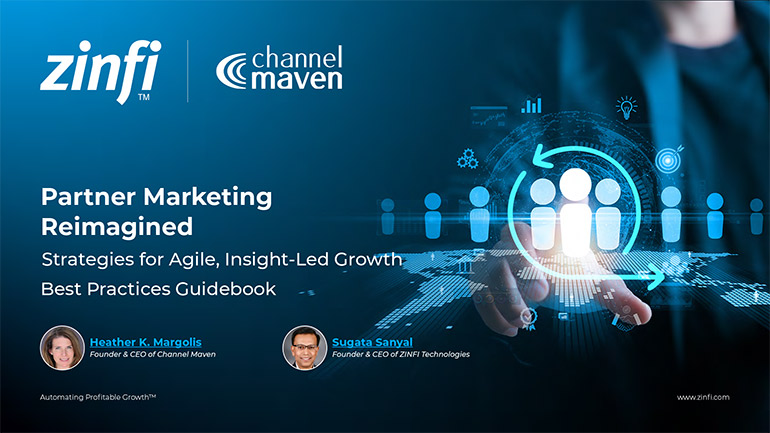 Partner Marketing Reimagined: Strategies for Agile, Insight-Led Growth
Partner Marketing Reimagined: Strategies for Agile, Insight-Led GrowthDownload for FREE
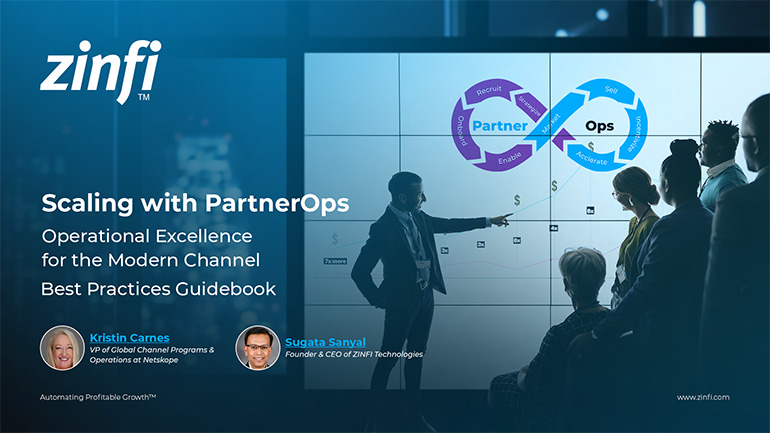 Scaling with PartnerOps Best Pratices
Scaling with PartnerOps Best PraticesDownload for FREE
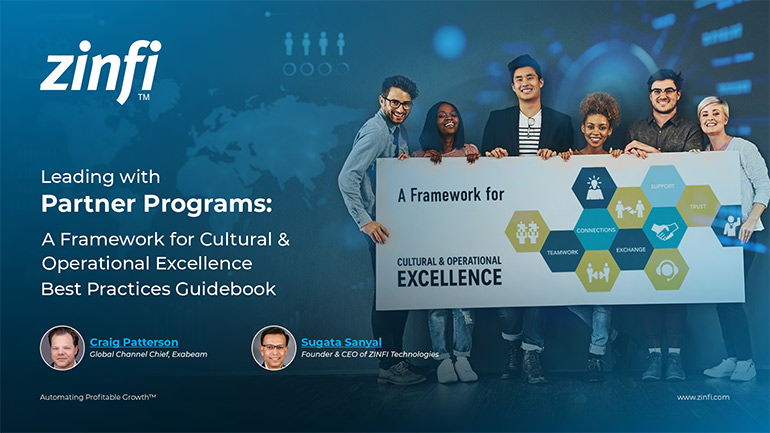 Leading with Partner Programs Best Pratices
Leading with Partner Programs Best PraticesDownload for FREE
 The Partner-First Blueprint: Scaling Trust, Intelligence, and Ecosystem Growth
The Partner-First Blueprint: Scaling Trust, Intelligence, and Ecosystem GrowthDownload for FREE
 Unlock Scalable Growth with The Partner Marketing Growth Blueprint
Unlock Scalable Growth with The Partner Marketing Growth BlueprintDownload for FREE
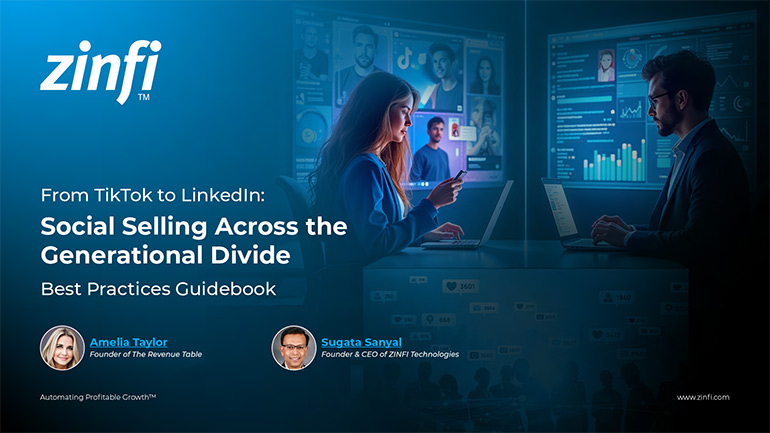 From TikTok to LinkedIn: Social Selling Across the Generational Divide
From TikTok to LinkedIn: Social Selling Across the Generational DivideDownload for FREE
 Scaling Partner Ecosystems: From Enablement to Intelligence
Scaling Partner Ecosystems: From Enablement to IntelligenceDownload for FREE
 The Ultimate Guide to Partner Marketing Success Best Practices
The Ultimate Guide to Partner Marketing Success Best PracticesDownload for FREE
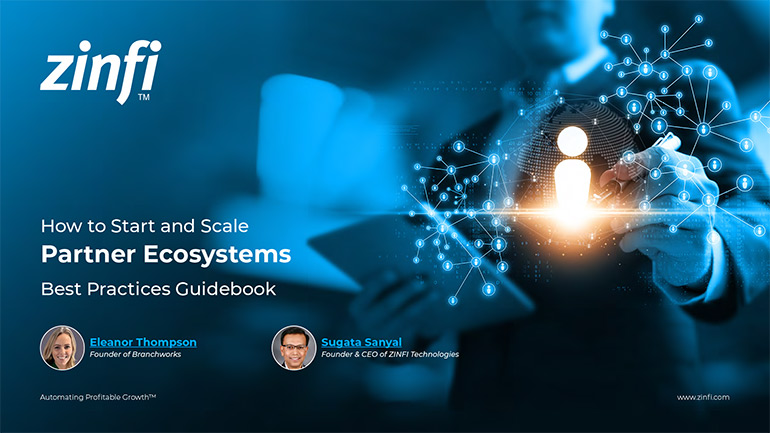 How to Start and Scale Partner Ecosystems Best Practices
How to Start and Scale Partner Ecosystems Best PracticesDownload for FREE
 The Evolution of PartnerOps: Past, Present & Future Best Practices
The Evolution of PartnerOps: Past, Present & Future Best PracticesDownload for FREE







